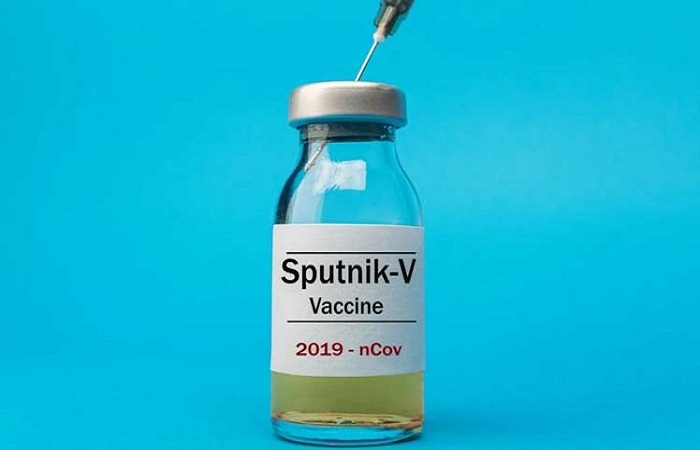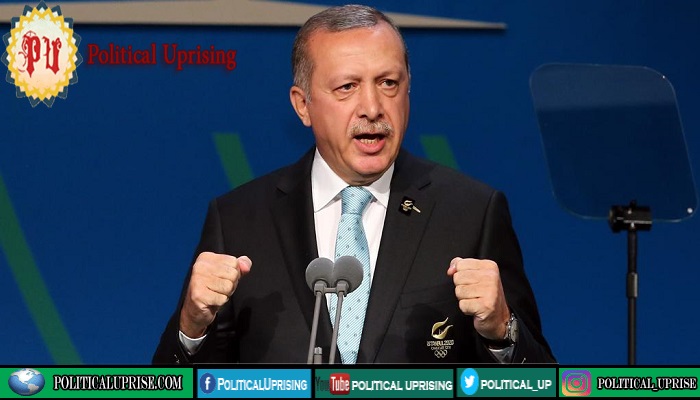Russia begun its official mass vaccination programme against COVID-19, using the country’s Sputnik V vaccine.
Vaccine is 91.4 percent effective and priced at about $20 a dose.
The vaccine was developed by the state-run Gamaleya Institute and is 91.4 percent effective, based on interim late-stage trial results.
However, phase three, a large trial involving thousands of people, to prove the vaccine protects people, is yet to be completed. Studies are ongoing in Russia, Belarus, the United Arab Emirates, Venezuela and India.
Named after the Soviet satellite that triggered the space race, Sputnik V has been used to inoculate some 200,000 people considered to be at risk across Russia home to 145 million people to date.
It was first registered for emergency use in August, making Russia the first country in the world to approve a vaccine for widespread public use.
The regulatory approval came ahead of large-scale clinical trials and drew warnings from scientists at home and abroad, who said data from tens of thousands of people were needed to ensure the safety and effectiveness of the jab.
The Kremlin has given assurances that Russians will be first in line to be vaccinated while Moscow continues to discuss international supply deals.
For Russian citizens, inoculation will be free of charge, but there are reports that as in most other countries, the government will have its work cut out in trying to convince people to accept the vaccine amid hesitancy and a rising “anti-vaxxer” movement.
Sputnik V is delivered in two shots, administered 21 days apart and in liquid form. It must be stored at minus 18 degrees Celsius (minus 0.4 degrees Fahrenheit) or below.
But a freeze-dried version can be stored at normal fridge temperatures of 2-8C (36-46F), according to the Gamaleya Institute.
It is a so-called viral vector vaccine, meaning it employs another virus to carry the DNA encoding of the necessary immune response into cells.
Each dose is based on different viral vectors that normally cause the common cold.
It uses a similar approach to the Oxford-AstraZeneca vaccine, which interim trial data has suggested could be up to 90 percent effective.
While Sputnik V uses human adenovirus vectors, Oxford-AstraZeneca’s shot is made from a weakened version of a common cold virus that causes infections in chimpanzees.
AstraZeneca announced it will partner with the Gamaleya Institute to test whether combining the vaccines could result in better efficacy than two doses of the same one.
Trials are set to start by the end of the year.
Russia’s sovereign wealth fund, the Russian Direct Investment Fund (RDIF), wants to produce the new jointly-made vaccine if it proves to be effective.
More than 50 countries have made requests for more than 1.2 billion doses of Sputnik V, said RDIF, which funded the vaccine.
Supplies for the global market will be produced by RDIF partners in India, China, Brazil, South Korea and other countries.
The vaccine will be sold to the international market at a cost of less than $20 a person.
Pfizer-BioNTech’s product is also about $20, Moderna’s is $33 a dose, and the Oxford-AstraZeneca vaccine is available at a much cheaper price of about $4.



